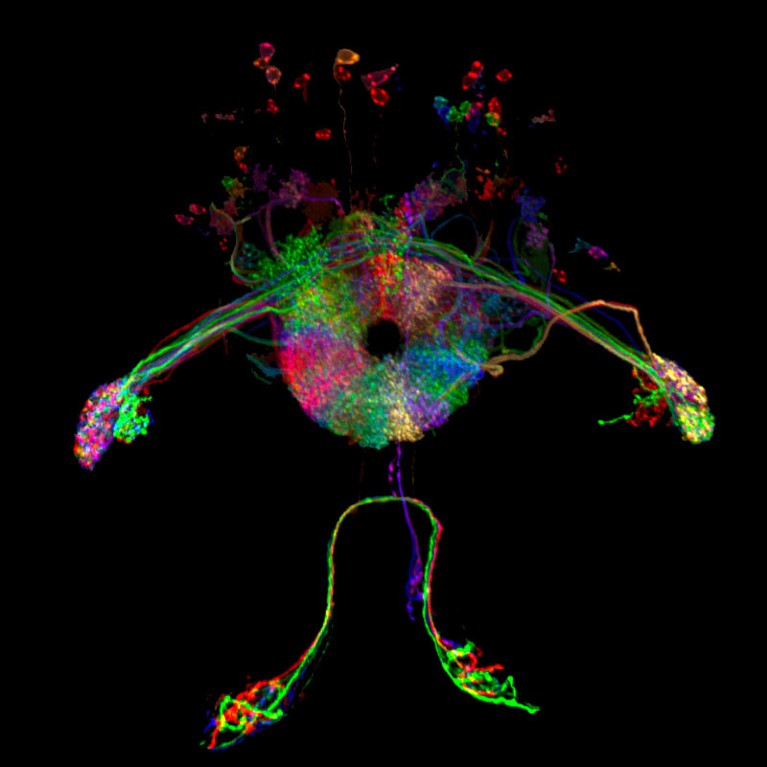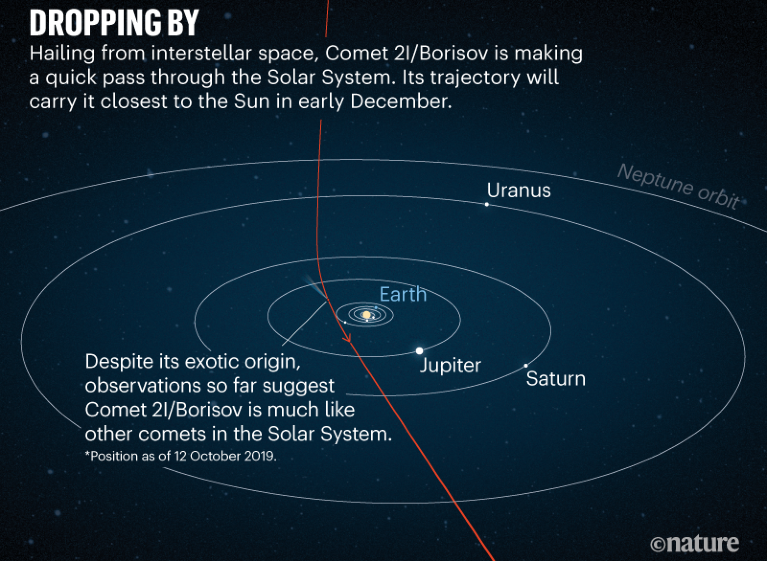Hello Nature readers, would you like to get this Briefing in your inbox free every day? Sign up here

Indian authorities respond to students protests at Jawaharlal Nehru University in New Delhi in November.Credit: Sanjeev Verma/Hindustan Times/Getty
Attacks on scholars worldwide
Attacks on higher-education communities have become a troubling global phenomenon that shows no sign of abating. The annual report from Scholars at Risk, an international advocacy network based at New York University, documented 324 verified attacks in 56 countries from September 2018 to the end of August 2019. Travel bans, violent attacks and wrongful imprisonment are among the incidents, which are reported by volunteers.
Does Italy need another science agency?
Scientists in Italy have long called for a national research agency — but the government’s plan to create one has left some researchers wondering why they haven’t been consulted about the plans. Many had hoped for an agency that would simplify research funding and reduce delays, not just another organization with its own budget.
China caught US science agencies off guard
US science agencies’ slow response to the threat from Chinese talent-recruitment programmes has allowed China to divert US government funds and private-sector technology to further its military and economic goals, a US Senate panel has found. The panel’s report details secret contracts associated with China’s Thousand Talents Plan that require participating scientists to sign over any intellectual property rights to the sponsoring Chinese institution. The contracts also provide incentives to set up ‘shadow labs’ in China that mirror research being funded by US taxpayers at their home institutions. “Many of the American institutions had no idea that their own faculty had a laboratory in China,” said Michael Lauer, a deputy director at the National Institutes of Health.
Making sense of direction
Our sense of direction must be stable enough that we can quickly recognize where we’re headed in a familiar setting, and flexible enough to get our bearings in a new place, even if it contains familiar-looking landmarks like street signs and trees. Two studies in fruit flies — which have neurons governing their sense of direction that are strikingly similar to our own — reveal how the brain does it.
Nature News & Views | 6 min read

Figure 1 | Neurons in the central complex of the fruit-fly brain, tagged with fluorescent proteins. The central complex includes a ring-like structure called the ellipsoid body that contains heading neurons. These cells correspond to all the possible directions in which the fly can face, providing the insect with a compass-like signal that it uses to navigate. Two studies2,3 have revealed how flies orient themselves in familiar environments and adapt to new ones, thanks to signalling to heading neurons from visual ring neurons, which originate in the eyes (not shown).Credit: Tanya Wolff
Features & opinion
Disaster-zone research needs a code of conduct
Researchers working in the aftermath of earthquakes, floods and other disasters need to appreciate how to interact with survivors, local officials and scholars without adding to those people’s problems, argue social scientists JC Gaillard and Lori Peek. They call for an ‘ethical toolkit’ that helps scientists from outside the area to ensure that their work has a clear purpose, respects local voices and joins up with local researchers.
Lost black hole info found in flatland
Physicists are honing in on an approach to solve the information paradox: the idea that the Hawking radiation released by black holes destroys forever some information about the past, contradicting quantum mechanical law. A mathematical approach that treats a black hole as a holographic projection from a flat system of quantum particles hints at a possible escape hatch for information to get out. “It’s magic,” says physicist Ahmed Almheiri.
Reference: arXiv preprint
Infographic of the week

Adapted from illustration by NASA/ESA/J. Olmsted and F. Summers (STScI)
